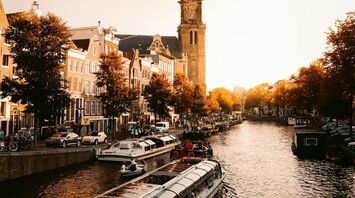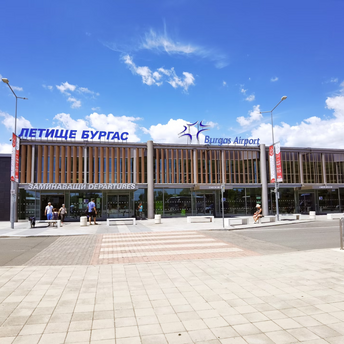Amsterdam's Infrastructure Overhaul: What It Means for Travelers

Amsterdam is embarking on a major infrastructure upgrade along the Oranje Loper, a critical route linking the city center to western districts. This ambitious project, expected to last until 2029, includes extensive renovations of bridges and streets. As a result, tram services between Raadhuisstraat and Rozengracht will be suspended from February 15, 2025, to February 28, 2027. While these changes aim to modernize transportation, they also present challenges for visitors relying on public transit to explore the city.
The Oranje Loper, stretching from Dam Square to Mercatorplein, offers a historical route through Amsterdam’s urban development. It connects key landmarks such as the Royal Palace and Westerkerk, highlighting the city's architectural evolution. While construction may cause temporary disruptions, it is designed to improve pedestrian and cyclist accessibility. Tourists may need to adjust their itineraries, but the project ultimately promises a more streamlined and visually appealing environment for future travelers.
Despite the temporary inconveniences, the upgrades will enhance accessibility to several notable destinations. With improved infrastructure, areas like the Jordaan district, famous for its canals and independent boutiques, will become more pedestrian-friendly. Similarly, the cultural attractions along the route, such as the Anne Frank House and the bustling food markets of Oud-West, will be easier to navigate on foot or by bicycle, offering visitors a richer and more immersive experience.
Another key benefit of this transformation is the increased connectivity between Amsterdam’s historic core and emerging neighborhoods. The improved streets and bridges will facilitate smoother travel to places like Mercatorplein, an architectural gem influenced by the Amsterdam School movement. Additionally, the redevelopment enhances access to parks and waterfront areas, allowing travelers to explore beyond the traditional tourist spots and discover lesser-known but equally captivating parts of the city.
In the end these developments represent a substantial change of how Amsterdam emerges as a destination for its visitors. Pedestrian and cyclist accessibility being valued over the car is another move towards a more ecological city mobility that Amsterdam is probably making. This should create a more seamless, engaging journey of the past and present for travelers and reduce friction when moving around. So short-term disruptions are as they come, but long-term makes for a city that is more fun for living and sightseeing by both residents and tourists.



















